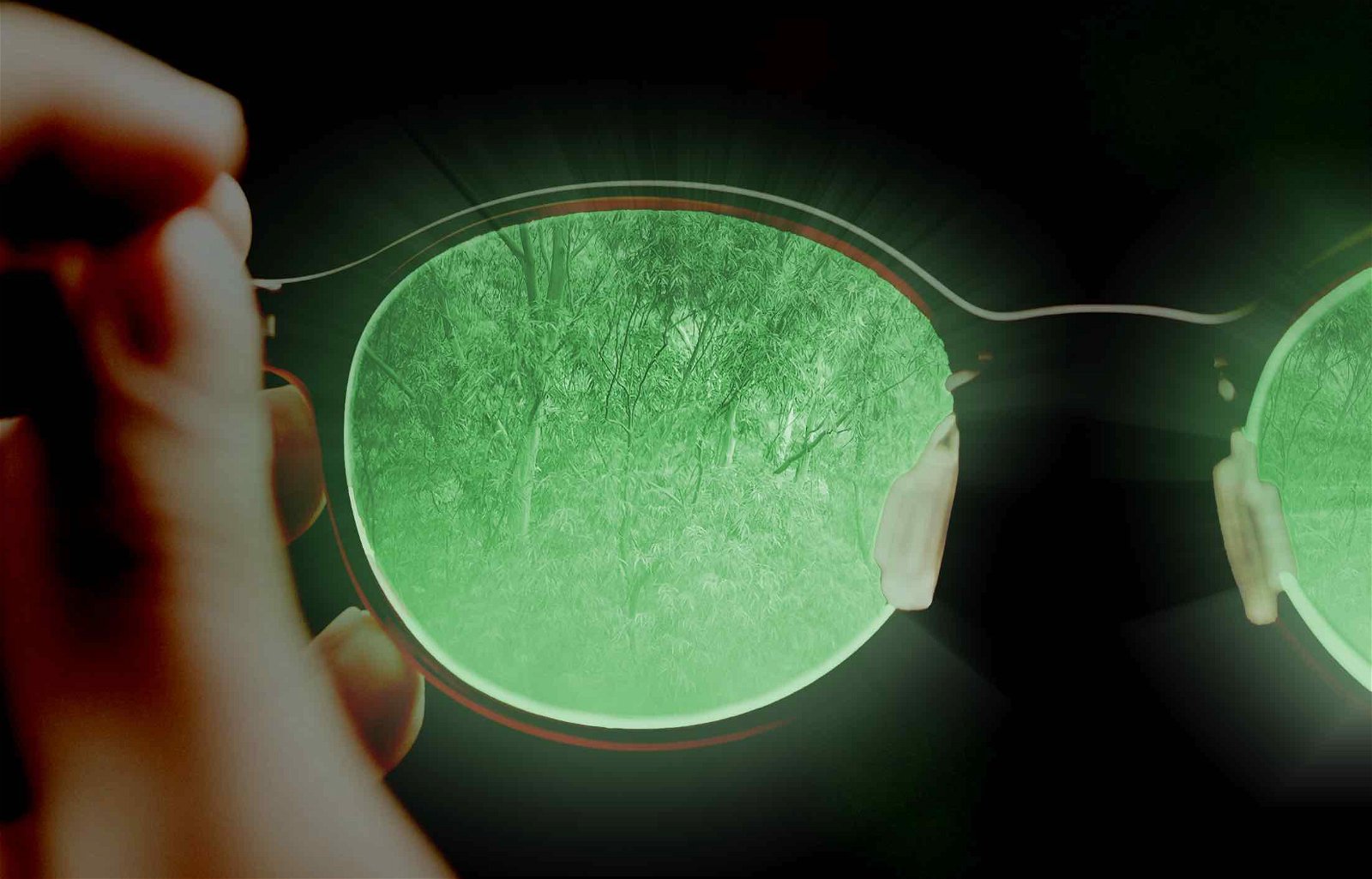Recent advancements in miniaturizing night vision technology have led to significant improvements in performance and usability. Here are some of the key developments:

Current Advancements in Miniaturizing Night Vision Technology
-
Micro-Optics:
- Compact Lens Systems: Advances in micro-optics allow for smaller lenses and optical systems that maintain high-quality imaging, making devices more portable.
-
Solid-State Sensors:
- Integration of Semiconductor Technology: New solid-state image sensors, such as those based on CMOS technology, are smaller, lighter, and more efficient than traditional image intensifier tubes.
-
Digital Night Vision:
- Reduced Size through Electronics: Digital night vision technologies use electronic sensors that can be made significantly smaller than traditional analog systems. This allows for lighter and more compact designs.
-
Advanced Materials:
- Lightweight Composites: The use of advanced materials, like carbon fiber and lightweight polymers, has helped reduce the weight of night vision devices without sacrificing durability.
-
Improved Battery Technology:
- Miniaturized Power Sources: Advances in battery technology, such as lithium polymer batteries, allow for longer-lasting power in smaller packages, facilitating the design of more compact devices.
-
Integration with Wearable Technology:
- Smart Glasses and AR Integration: Night vision technology is increasingly being integrated into smart glasses, leveraging existing AR frameworks to create multifunctional devices that are both lightweight and compact.
-
Thermal Imaging Miniaturization:
- VOx and Microbolometer Sensors: Advances in vanadium oxide (VOx) and microbolometer technology have enabled the production of smaller thermal imaging sensors, enhancing portability while maintaining performance.
-
3D Printing and Manufacturing Techniques:
- Custom Components: Innovations in 3D printing allow for the rapid prototyping and production of custom components, enabling more efficient designs that can be tailored for miniaturization.
-
Software and AI Integration:
- Enhanced Processing Power: Improved algorithms and AI capabilities allow for better image processing in smaller devices, enhancing performance without the need for larger hardware.
Conclusion
The miniaturization of night vision technology is driven by advancements in optics, materials, electronics, and integration with digital systems. These developments not only enhance the portability and usability of night vision devices but also expand their applications in various fields, including military, security, and consumer markets.


